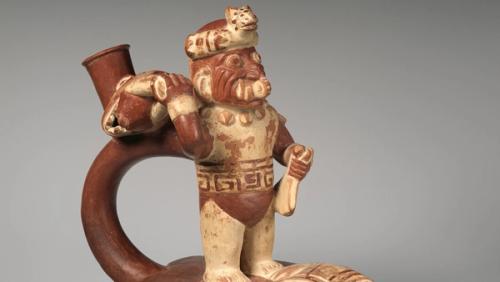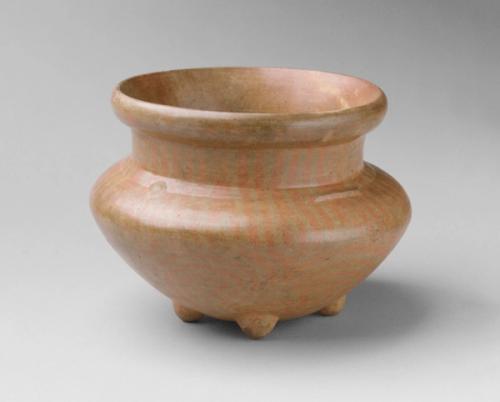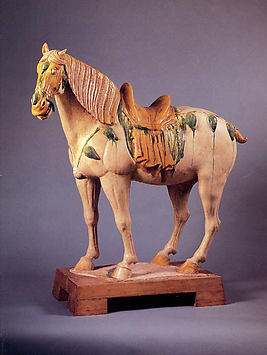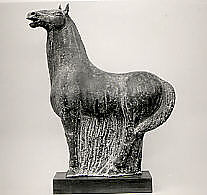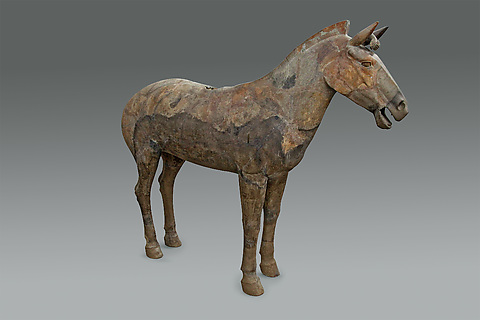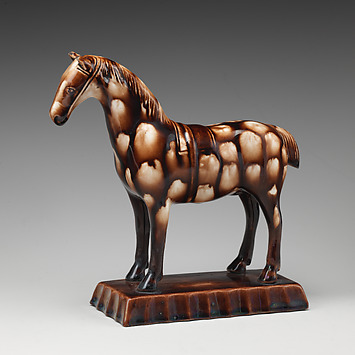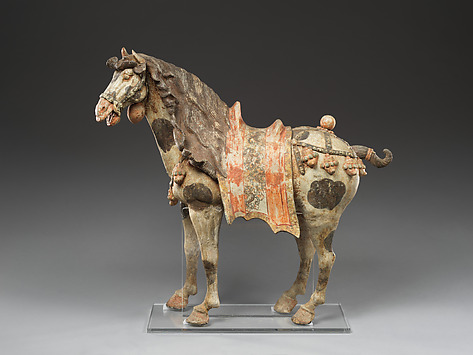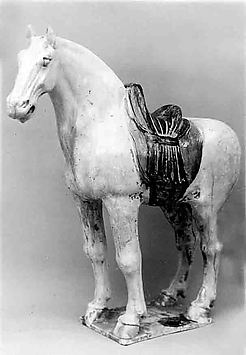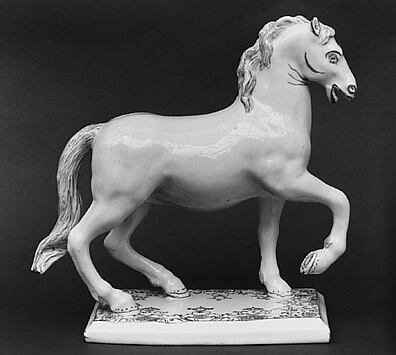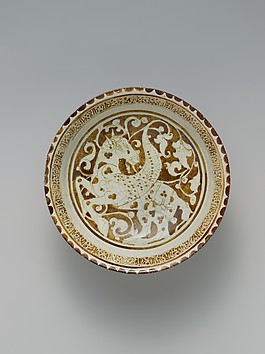An integral part of Renaissance culture, the horse was not only a beast of burden and means of transportation but also a sign of rank and status. For the nobility, horsemanship was an essential skill, both militarily and socially. Since horses played a pivotal role in warfare, tournaments, and ceremonies, they often wore armor as elaborate and expensive as that of their riders. From the late 1400s to the late 1500s, European horse armor became so technically and artistically sophisticated that its finest productions now rank among the greatest achievements of Renaissance decorative arts. The group of armored equestrian figures forming the centerpiece of the permanent arms and armor exhibition has, for almost a century, been one of the most popular and dramatic areas of the Metropolitan Museum. Aside from the bards (complete horse armors of plate) displayed on the figures, the Museum has many important examples in its reserve collection that are rarely shown, often unpublished, and largely unknown even to specialists. In fact, armor for the horse has generally received much less scholarly attention than that designed for the rider, this volume being the first exclusively devoted to the subject. The forty objects presented here comprise all the main types of horse defense, each intended to protect a different part of the animal's body: shaffron (head), crinet (neck), peytral (breast and shoulders), flanchard (ribs and abdomen), and crupper (hindquarters). Their range is broad—from a set of rudimentary peytral and crupper plates made of leather (the only examples of this kind in the United States) to an elaborately decorated steel shaffron produced for the Polish prince Nikolaus "the Black" Radziwill. A carved ivory chess piece from about 1370, one of the earliest three-dimensional representations of a European horse in a full bard; an armored saddle with its original velvet upholstery; whimsical ear guards in the shape of dolphins; and a "blind" shaffron made without eye openings to prevent a horse from shying during a joust—all cast light on the various forms and styles developed by armorers of the period. Also revealed is the evolving complexity of the decorative techniques and motifs employed, as horse armor was embossed, etched, gilded, and painted, and ornamentation evolved from simple foliate scrolls to fully realized figural scenes derived from classical mythology. Placing these objects in context is an essay tracing the history of European horse armor from its revival in the twelfth century (after its disappearance with the fall of Rome) through its flowering in the Renaissance to its eventual obsolescence in the early 1600s. Other texts include a discussion of the featured objects in relation to those in the Museum's permanent display and an overview of armored saddles and saddle steels. Symbol of a romantic age of chivalry, the knight was inseparable from his horse. This invaluable study reveals another aspect of that interdependence: as armorers devised protective coverings for both rider and animal, they also created lasting works of art. This catalogue is issued in conjunction with an exhibition held at The Metropolitan Museum of Art, New York, from February 15, 2005, to January 15, 2006.

